Currently making an impact on the festival circuit, Jenn Wexler’s The Ranger is a horror home-run. When a gang of punks run foul of the law they flee to a cabin in the nearby woods. But soon discover the laws of nature are governed by a terrifying park ranger with a lethal zero tolerance policy on infractions.
Deftly working in elements of Green Room, The Blair Witch Project and Friday the 13th, it rises above mere pastiche due to Wexler’s deft direction and great performances from Chloe Levine as the troubled Chelsea and Jeremy Holm, larger than life as the titular park official.
A horror movie producer for Glass Eye Pix, The Ranger is Wexler’s directorial debut. We talked with her about making the film, its reception so far and her feelings about being the first woman to have a movie open renowned horror festival FrightFest.
Rob Daniel: What drew you to The Ranger as your directorial feature debut?
Jenn Wexler: I’m a producer for a company called Glass Eye Pix in New York City. I had produced a couple of films and was always thinking about what I’d want to direct as my first feature. I wanted to direct and had directed short films a couple of years before I produced.
I went to the University of the Arts in Philadelphia for screenwriting and my classmate Giaco Furino had written this script about a bunch of punks who go up against this killer park ranger. I thought the idea was cool, so I called him and asked if he could find that script so we could work on it together.
RD: What did you bring at script stage to what became the final film?
JW: Originally it was more of a body count movie, very slasher. The kids go to the woods and start getting killed right away. As Giaco and I worked on it we wanted to bring out the Chelsea character, build out her backstory and her relationship with The Ranger.
We wanted to pit Chelsea against The Ranger and The Ranger against the punks, to create this love triangle where The Ranger wants Chelsea all to himself.
After having produced films I was coming at it with more of a sense of style, thinking about what I wanted to do aesthetically with the movie. About Chelsea discovering these memories from when she was a kid and how the colours from her memories would infiltrate the actual movie.
RD: The film is a great balance of three distinct moods. Anarchy in the beginning. A tense, uneasy middle section. And then gory mayhem and revelation at the end. Was this a challenge you set yourself to juggle these different tones?
JW: Absolutely. We wanted to smash all of our favourite things together. I really wanted you to feel that Chelsea and her friends are in this punk world and they bring that punk destruction into the woods. But, when she gets into the woods, Chelsea realises there’s something more for her here. So, she begins to go on her own journey while her friends are still in this chaotic world.
RD: As a character, Chelsea is quite hard to get a handle on. How did you go about casting Chloe Levine, and how did you both develop the character?
JW: I was working with the casting director Lois J. Drabkin. In 2017 when we were casting for The Ranger we went to SXSW. Lois suggested I check out a movie called The Transfiguration, in which Chloe is one of the leads. I saw it and Chloe was completely mesmerising, so we had a meeting there at SXSW. She got the script, read it right away and we totally bonded over the character.
When we were on set I would give Chloe conflicting emotions and layers to portray and she was totally into exploring that. She loves her friends, but is annoyed by them. She is intrigued by The Ranger, but she’s also freaked out by him. Chloe acts with her eyes and brings so much nuance to everything she does.
Like you said, I wanted the audience to try to figure her out.
RD: Interesting you say she likes her friends but is annoyed by them. For me, the middle section of The Ranger captures the true horror of camping and how miserable it is being stuck with people in an inhospitable environment.
JW (laughs): I’m also not a fan of camping. The woods to me are a terrifying place, which is perhaps why I’m intrigued by them. Aesthetically, I romanticise the woods to be this really wonderful place, but when you’re in them, it’s bugs, and was that a bear over there, and I think I just stepped in poison ivy. I think my frustrations with the woods came across in those sections.
RD: Did you shoot entirely on location or was Chelsea’s cabin a set?
JW: It was all locations. We started the shoot in Brooklyn where we shot at this awesome pub-club called Don Pedro that had been around for years and closed right after we shot there. Not because of us, they were going to close anyway. We were one of the last groups to be in there and we got to capture it on film which was really special.
Then we relocated upstate near Woodstock, New York and found the cabin and the woods. We discovered the awesome fire tower you see in the film. I hiked to a bunch of fire towers and fell in love with that one. But, it’s not easy to reach. It’s a two-hour hike, pretty much vertically and there are no roads.
The crew had to haul all their equipment, plus the cast also had to hike up there. The producers and I were really nervous because you want to keep your cast as comfortable as possible, but everyone was super into it.
Jeremy Holm was particularly enthusiastic; he ran superfast and was up there before anyone else.
RD: I was going to ask how you went about casting Jeremy Holm as The Ranger and how he tackled the role?
JW: Jeremy was friends with my co-writer Giaco. When Giaco and I were writing the script, he sent me Jeremy’s picture and asked what I thought of him for The Ranger. I started watching House of Cards and Mr. Robot and just became a total fan of Jeremy.
Finally the day came when we felt comfortable sending him the script and he was really into it. We met and I knew I had my Ranger. After that it all clicked in my head, I was able to start visualising the movie. I told the producers we had our Ranger and should now bring on a casting director to start filling out all the punks.
Jeremy’s just totally amazing to work with, he and Chloe had great chemistry. He can be unnerving in real life, because he’ll be in character even when you’re not filming. He’d sneak up behind me and start speaking in his Ranger voice.
RD: You were shooting in tough locations with large scale physical set-pieces and practical horror effects. How did you handle that and what were some of the obstacles you faced?
JW: There was one piece that we did build, not in a studio but on (producer) Larry Fessenden’s property upstate and that was the interior of the fire tower. The reason was because we couldn’t do those big stunts and practical effects all the way up the real fire tower.
Other than that, we were just weathering the elements. If it rained, we had to switch our schedule at the last minute and do an indoor scene. Other than a few moments in the cabin there aren’t that many indoor scenes, so it was difficult at times. But, it felt like summer camp, we were a bunch of friends and we felt like a family.
Brian Spears did our prosthetic effects. He’s worked with Glass Eye Pix a lot on our films, and also Marvel TV shows. He would roll up in his van with all the body parts and everyone was really excited, going, “Oh, blood!”.
Brian’s studio is filled with body parts and different types of monster prosthetics. We hung out there when we were in pre-production and he knew the vibe we were going for, like these Lisa Frank colours, so he suggested putting glitter in the blood as they did in The Lost Boys. I was super into that idea.
RD: One of my favourite shots in the film is when Chelsea’s friends are standing around the van or sitting on top of it. Did you storyboard everything before shooting or was it looser than that?
JW: I tried to storyboard as much as possible. Sometimes on location things come up that force you to think on your feet, but yeah, you have to prepare as much as you can ahead of time.
There are a couple of shots in The Ranger that I think define the movie. That shot you’re referring to of them around the van scoping out Chelsea and The Ranger, wondering why she’s talking to him, was one of those shots. I was so excited about it when we were about to shoot I was like, “Guys, this is one of the reasons why I made this movie, so it had better be good..”!
RD: On The Ranger you were director, producer, co-writer and co-editor. What made you take on so many roles for your directorial debut?
JW: At Glass Eye we all take on a lot of roles on the movies. Larry Fessenden is the head of Glass Eye, and he’s a writer, director, producer and actor and when he makes a movie he often does all those things. That inspires me and made me want to get my hands on The Ranger as much as possible.
That said, we had awesome producers on The Ranger who took on the heavy lifting of the producing part: the paperwork, the contracts, the line producing. And if I can give shout-outs to those people, they are Larry Fessenden, Andrew van der Houten, Ashleigh Snead and Heather Buckley. They were fucking awesome.
RD: They were your guardian angels on this one?
JW: Exactly. They allowed me to be able to go into my head, keeping everything stable while I just focussed on what shots I wanted to achieve.
RD: Was it always the plan to give Larry Fessenden a cameo in the film?
JW: Yeah, when Giaco and I were writing the script I knew I wanted Larry to play Chelsea’s uncle. Small spoiler alert for the film: in the movie Larry dies. Larry dies in so many films he has a death reel that he updates every year and puts out online on his birthday.
So, I’ve produced all these movies where he dies, so when directing my first movie at Glass Eye it felt like a rite of passage to have Larry die in it.
RD: The Ranger has a swift running time of 77 minutes. While it’s a salutary example to bloated blockbusters everywhere just how much you can fit into a lean movie, were you tempted to expand the duration?
JW: Not really. There were a couple of things we shot that I felt brought the pace down. More scenes of Chelsea and her boyfriend Garth played by Granit Lahu walking up to The Ranger’s tower. But, I wanted the movie to feel like you are on a fucking rollercoaster and those moments were slowing it down. We got rid of them and it didn’t negatively affect anything so they stayed out.
RD: It’s a shame we’re still having to talk about gender discrepancies in the movie industry. What do you think are obstacles facing women in the industry and the horror genre?
JW: This awareness is just starting and I’m really happy that it is happening. But, it’s crazy to me that this is 2018, and although people have been talking about this for a long time, it has only really become a mainstream conversation this year.
I think we have a long way to go before it is something we no longer need to talk about. I find that a shame and really insane.
That said, I’m excited the conversation is happening. People say every story has been told, but I disagree with that. I think we’re going to start seeing people telling stories that haven’t been heard yet because they haven’t had a voice up to now. I think we’re in for a lot of exciting entertainment the more those people are able to make movies.
RD: That’s a great way to look at it. You are the first female director to have a film open FrightFest in its nineteen-year history. Could you tell us your thoughts on that and how you found out you’d be opening the festival?
JW: We were just excited to hear that we were even in FrightFest. I’d heard so many exciting things about the festival for so long. It seemed that every producer at Glass Eye before me had been and they said the most wonderful things. When we found out we were in it was so exciting. Then when we discovered we were opening this year’s festival that was just insane to me!
Chloe, the producers Heather and Andrew and I will be there, so we’re just going to have fun. I can’t wait.
RD: What has been the response to The Ranger so far on the festival circuit?
JW: It has been really exciting. We premiered at SXSW in the Midnighter Section, which is famous for its insane audience. We’ve been playing so many festivals, I was going to a bunch for a while, but I had to take a break and work to make money! We played Boston Underground and Chattanooga Film Festival. I went to Brazil for Fantaspoa and we were just in Montreal for Fantasia. It’s been a crazy, awesome ride.
RD: I think there could be a pretty interesting sequel to The Ranger. Do you have any thoughts on continuing the story?
JW: We joke about that all the time. How could you not when you’re obsessed with a thing you created. I’m such a nerd; I’m sitting here in my home office and I have all these books on how to stay alive in the woods and the National Park Ranger book. I’m now obsessed with park rangers and punk, well punk, I’ve always been into that.
Anyway, that’s just to say, yes, we chat about sequels, but we’ll see what happens.
RD: Last question, what’s next?
JW: I’m producing Larry’s new movie, Depraved, which is a modern take on Frankenstein set in Brooklyn. And I’m also writing my own stuff, so we’ll have to see…

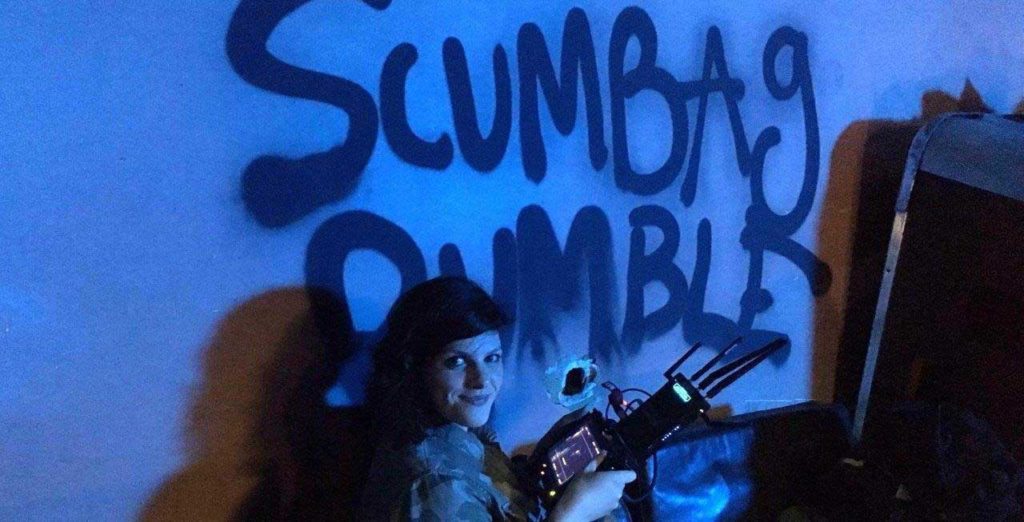
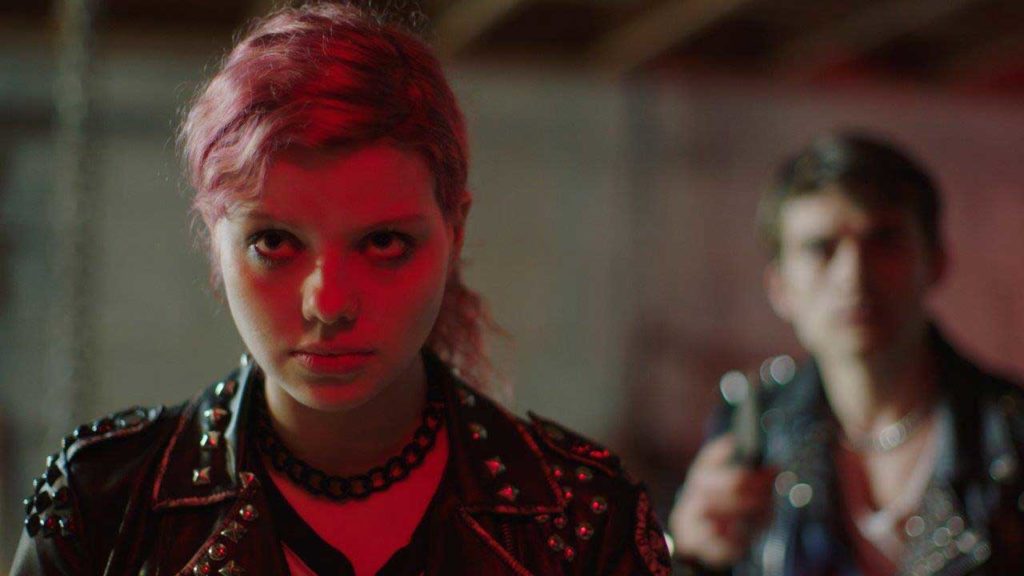
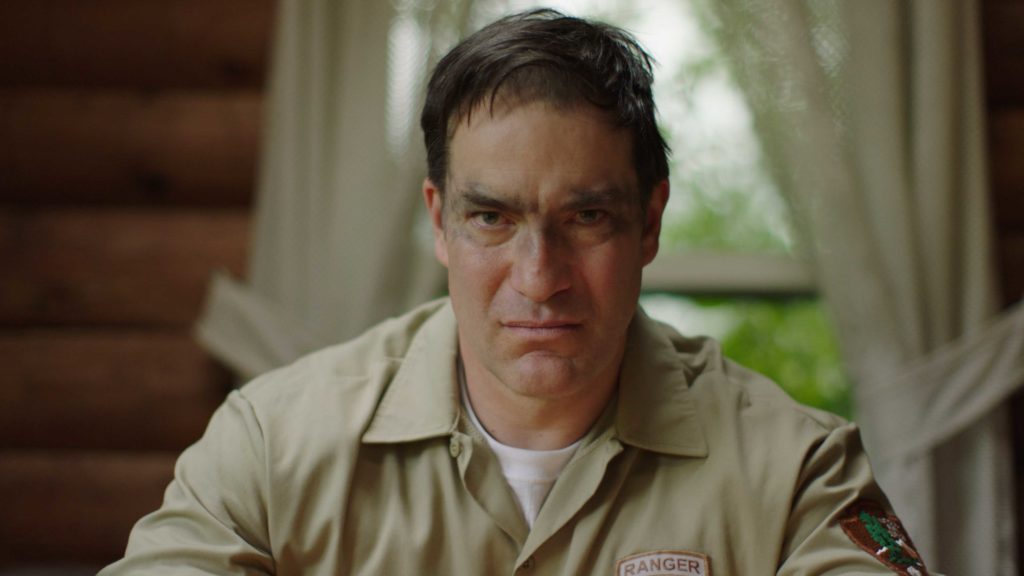
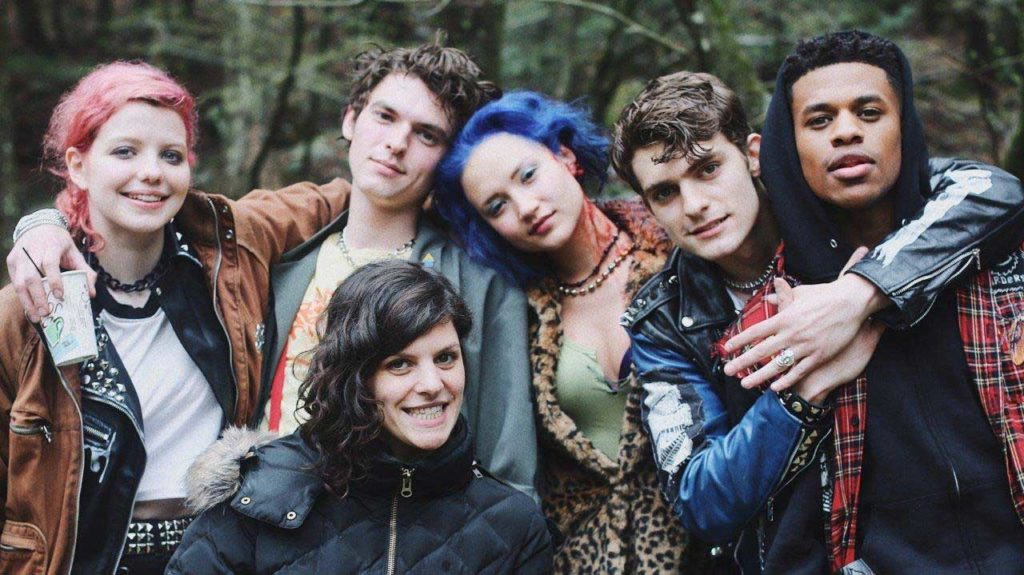
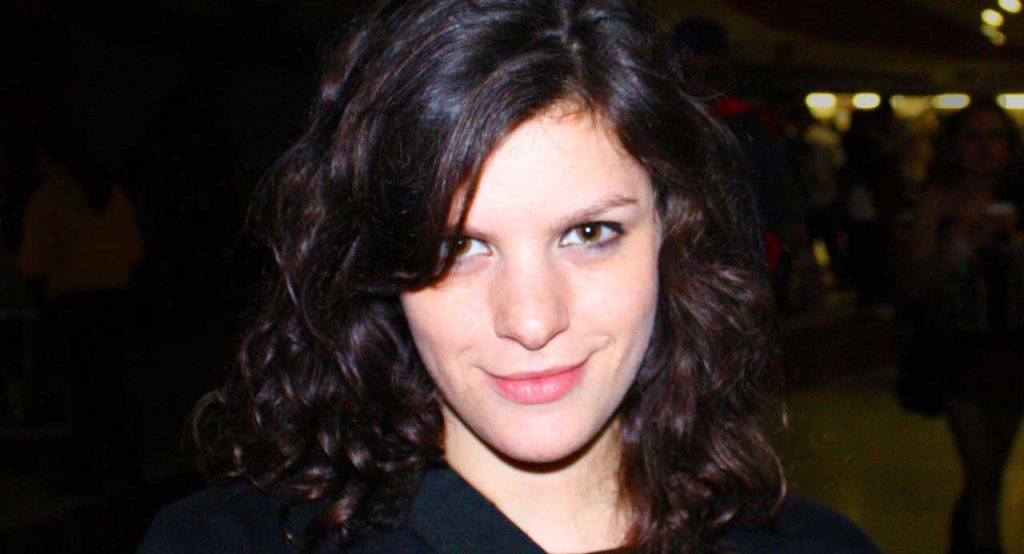
Pingback: 10 Must-See Movies at London FrightFest 2023